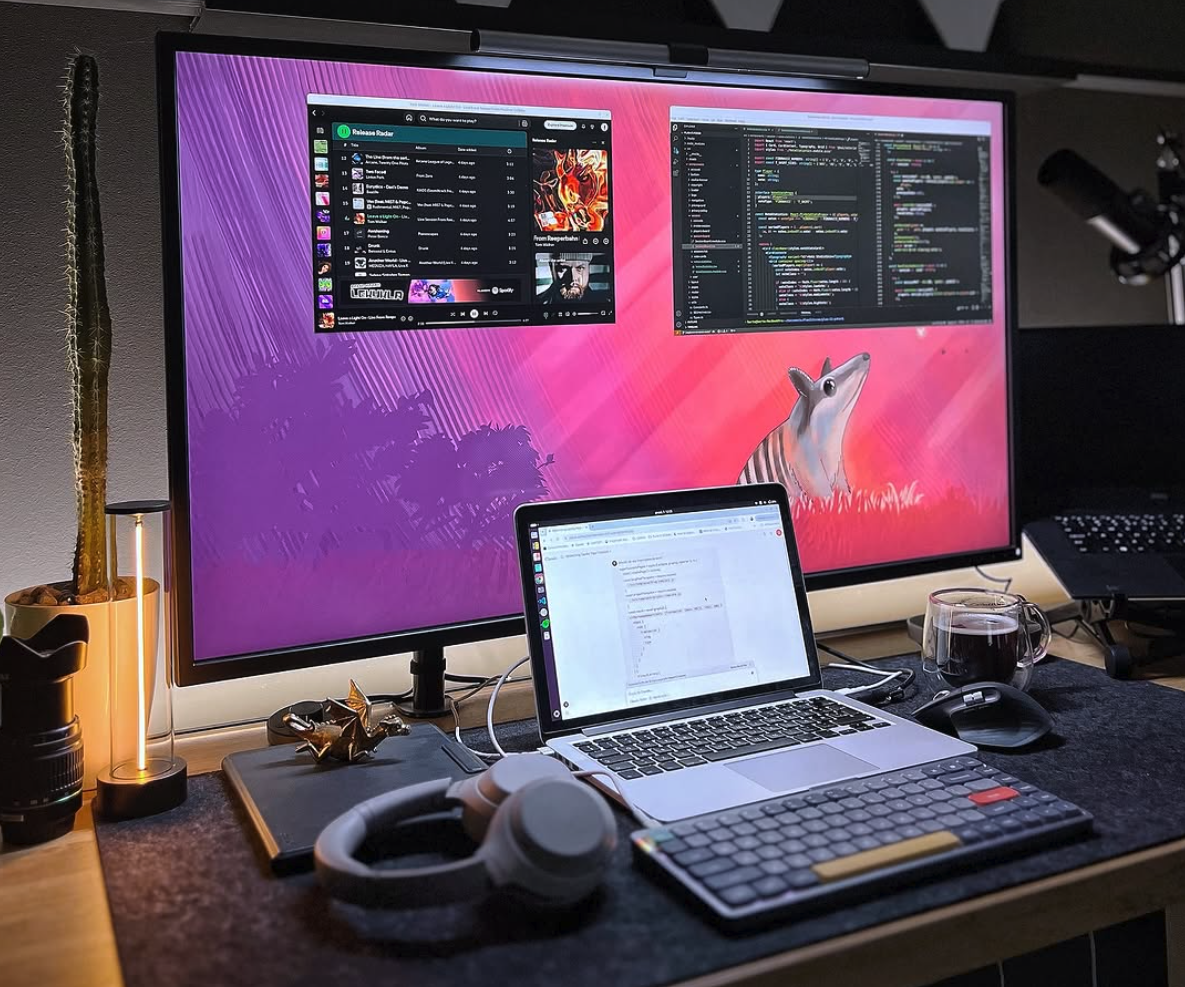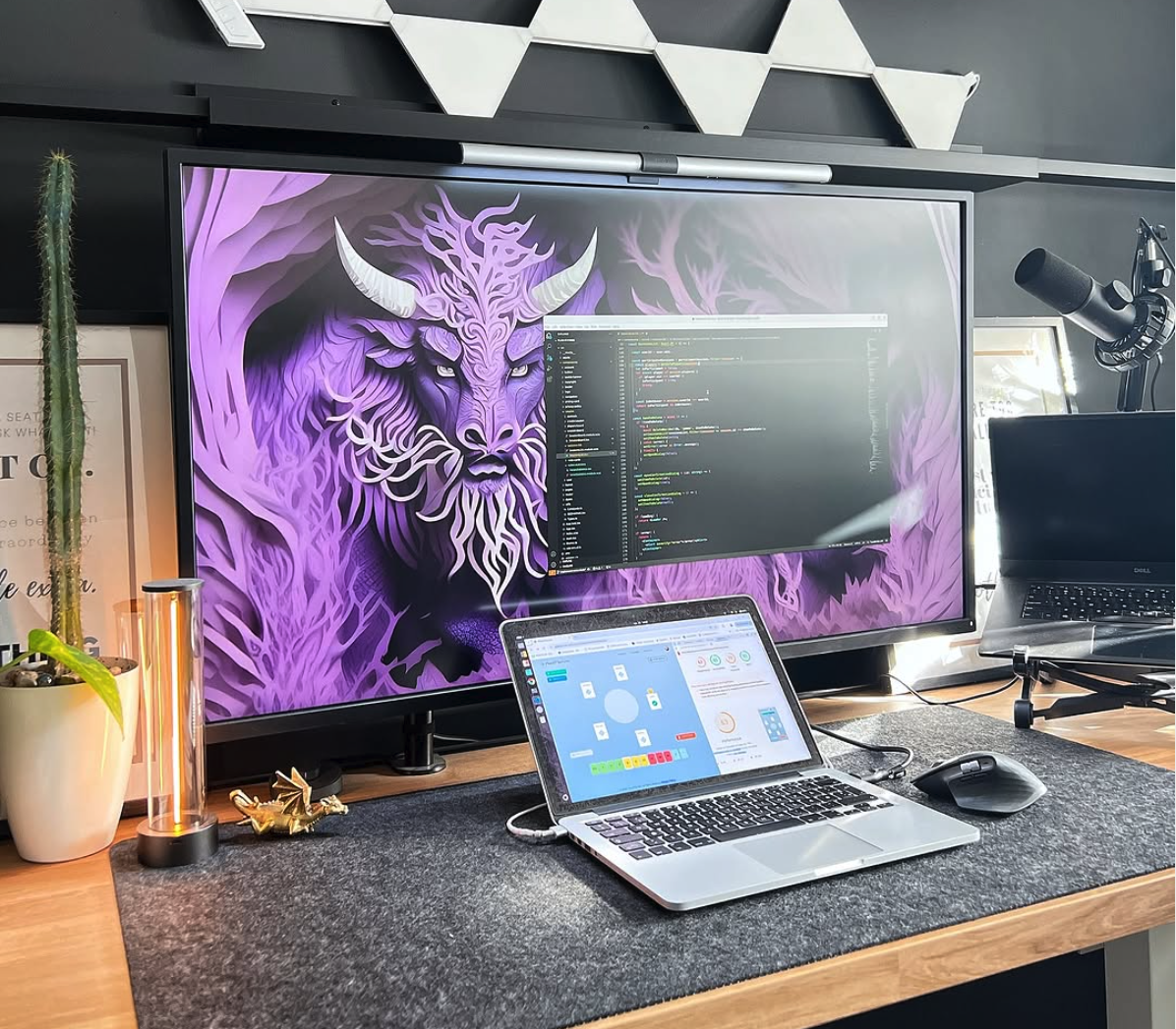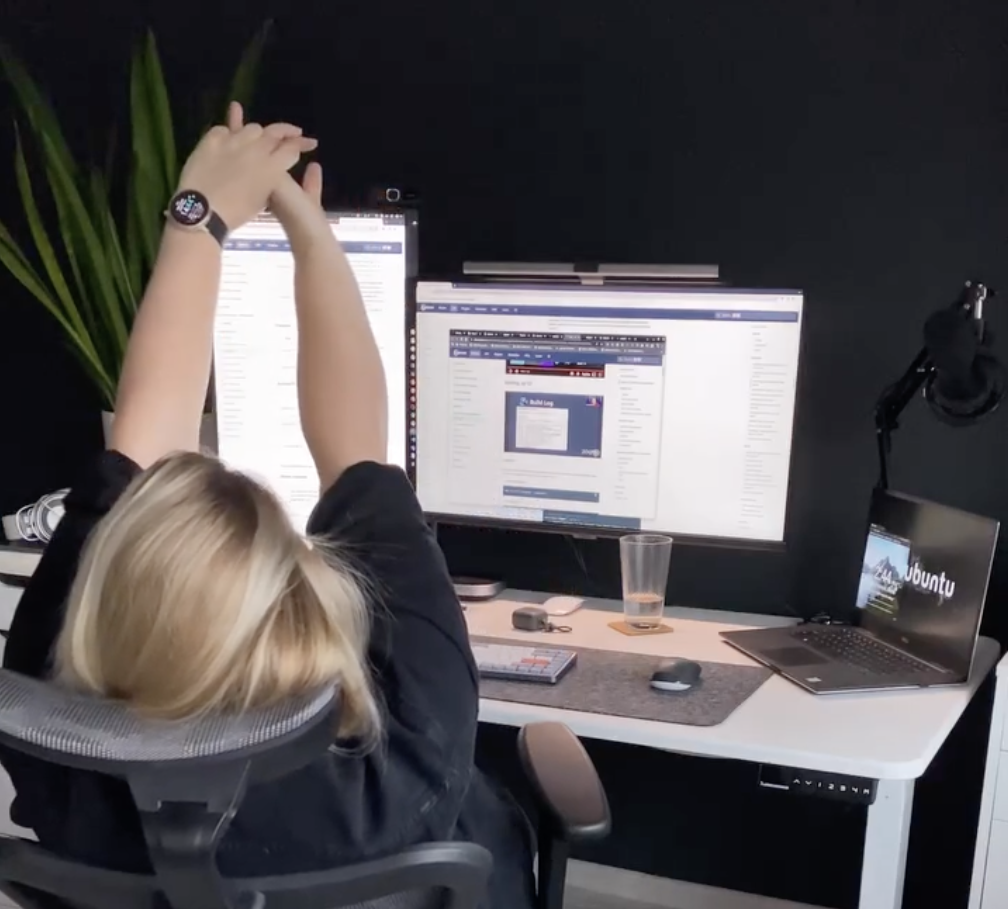First Programming Language
Choosing your first programming language can be a big decision. If you are learning on your own, it might seem even harder.

Choosing your first programming language as a self-taught developer is a significant decision. Here's a simple guide to help you out:
Identify Your Goals: Determine what you want to achieve with programming. Do you want to build websites, mobile apps, games, or something else? Research: Look into different programming languages and their uses. Consider factors like ease of learning, job opportunities, and community support. Consider Your Interests: Choose a language that aligns with your hobbies, interests, your future goals, and the specific requirements of the projects you want to work on.Remember, there's no one-size-fits-all answer when it comes to choosing a programming language. Trust your instincts!
Understanding Your Learning Style #
Before diving into specific language recommendations, it's important to understand how you learn best:
• Visual learners might prefer languages with graphical outputs like JavaScript or Python with visualization libraries
• Hands-on learners might enjoy languages that let them build something quickly (JavaScript, Ruby)
• Conceptual learners might appreciate languages that emphasize programming fundamentals (Python, Java)
Your learning style will significantly impact how quickly you grasp a new programming language and how enjoyable the process will be.
Popular First Programming Languages #
Let's explore some of the most beginner-friendly programming languages and what they're best suited for:
Python Best for: Data science, automation, backend development, AI/MLPython has become the go-to first programming language for many beginners, and for good reason:
• Readable syntax that resembles English
• Versatile applications from web development to data science
• Massive community support with countless tutorials and resources
• Powerful libraries that let you accomplish complex tasks with minimal code
Example Python code:
# A simple Python program def greet(name): return f"Hello, {name}! Welcome to programming."
print(greet("Beginner"))
JavaScript powers the interactive elements of the web and has expanded to server-side development:
• Runs in every web browser without additional setup
• Immediate visual feedback when learning
• Huge ecosystem with frameworks like React, Angular, and Vue
• Full-stack potential with Node.js for backend development
Example JavaScript code:
// A simple JavaScript program function greet(name) { return Hello, ${name}! Welcome to programming.; }
console.log(greet('Beginner'));
While not programming languages in the strict sense, HTML and CSS are often the gateway to programming:
• Visual results from day one
• Foundation for web development careers
• Complement to JavaScript for complete frontend skills
• Quick to learn basics with a deeper mastery curve
Example HTML/CSS:
<!-- Simple HTML with CSS --> <div class="greeting">Hello, Beginner! Welcome to programming.</div> <style> .greeting { color: blue; font-size: 24px; padding: 20px; text-align: center; }
</style>
Java has been a staple in computer science education for decades:
• Strict syntax that enforces good programming habits
• Object-oriented principles from the ground up
• Write once, run anywhere philosophy
• Gateway to Android development
Example Java code:
// A simple Java program public class Greeting { public static void main(String[] args) { System.out.println(greet("Beginner")); } public static String greet(String name) { return "Hello, " + name + "! Welcome to programming."; }
}
Ruby emphasizes developer happiness and productivity:
• Elegant, readable syntax designed to feel natural
• Ruby on Rails framework for rapid web development
• Supportive community with a focus on mentorship
• Emphasis on convention over configuration
Example Ruby code:
# A simple Ruby program def greet(name) "Hello, #{name}! Welcome to programming." end
puts greet("Beginner")
Matching Languages to Career Paths #
Your career aspirations should heavily influence your choice of first language:
Web Development Frontend: Start with HTML/CSS, then JavaScript Backend: Python, Ruby, Node.js (JavaScript), PHP Full-stack: JavaScript (with Node.js) or Python Mobile Development iOS: Swift Android: Kotlin or Java Cross-platform: JavaScript (React Native) or Dart (Flutter) Data Science & Machine Learning Primary: Python Alternatives: R, Julia Game Development Beginner: JavaScript (for simple browser games) Intermediate: C# (with Unity) Advanced: C++ (with Unreal Engine) Enterprise Software Traditional: Java, C# Modern: TypeScript, KotlinLearning Resources by Language #
Each programming language has its own ecosystem of learning resources:
Python• Free: Automate the Boring Stuff with Python
• Interactive: Codecademy Python Course
• Video: CS50's Introduction to Programming with Python
JavaScript• Free: JavaScript.info
• Interactive: freeCodeCamp JavaScript Curriculum
• Video: The Odin Project
Java• Free: Mooc.fi Java Programming
• Interactive: Codecademy Java Course
• Video: University of Helsinki's Java MOOC
Ruby• Free: The Odin Project Ruby Path
• Interactive: Ruby Koans
• Video: Pragmatic Studio Ruby Course
Common Beginner Questions "Will I be limiting my career if I choose the wrong language?"Not at all! Most professional developers know multiple languages. Your first language is just that—a first step. The concepts you learn will transfer to other languages.
"How long will it take to learn my first language?"You can learn the basics in a few weeks, become comfortable in 3-6 months, and develop professional-level skills in 1-2 years with consistent practice.
"Should I learn multiple languages at once?"For most beginners, focusing on one language until you're comfortable with the fundamentals is the most efficient approach. Then you can branch out.
"What about frameworks vs. languages?"Learn the language basics first, then explore frameworks. For example, understand JavaScript before diving into React or Angular.
The Path Forward #
Remember that choosing your first programming language is just the beginning of your journey. Here's a roadmap for continued growth:
- Master the fundamentals of your chosen language
- Build projects that interest you
- Learn version control (Git) and collaboration tools
- Explore related technologies in your field of interest
- Join communities to learn from others and share your knowledge
The programming world is constantly evolving, and lifelong learning is part of the journey. Your first language is important, but your curiosity and persistence matter far more in the long run.
Conclusion #
Choosing your first programming language doesn't have to be overwhelming. Start by understanding your goals, consider your learning style, and don't be afraid to experiment. The best programming language for you is the one that keeps you engaged and excited to learn more.
Remember that programming is a skill that develops over time. Be patient with yourself, celebrate small victories, and focus on consistent progress rather than overnight mastery.
Happy coding!


